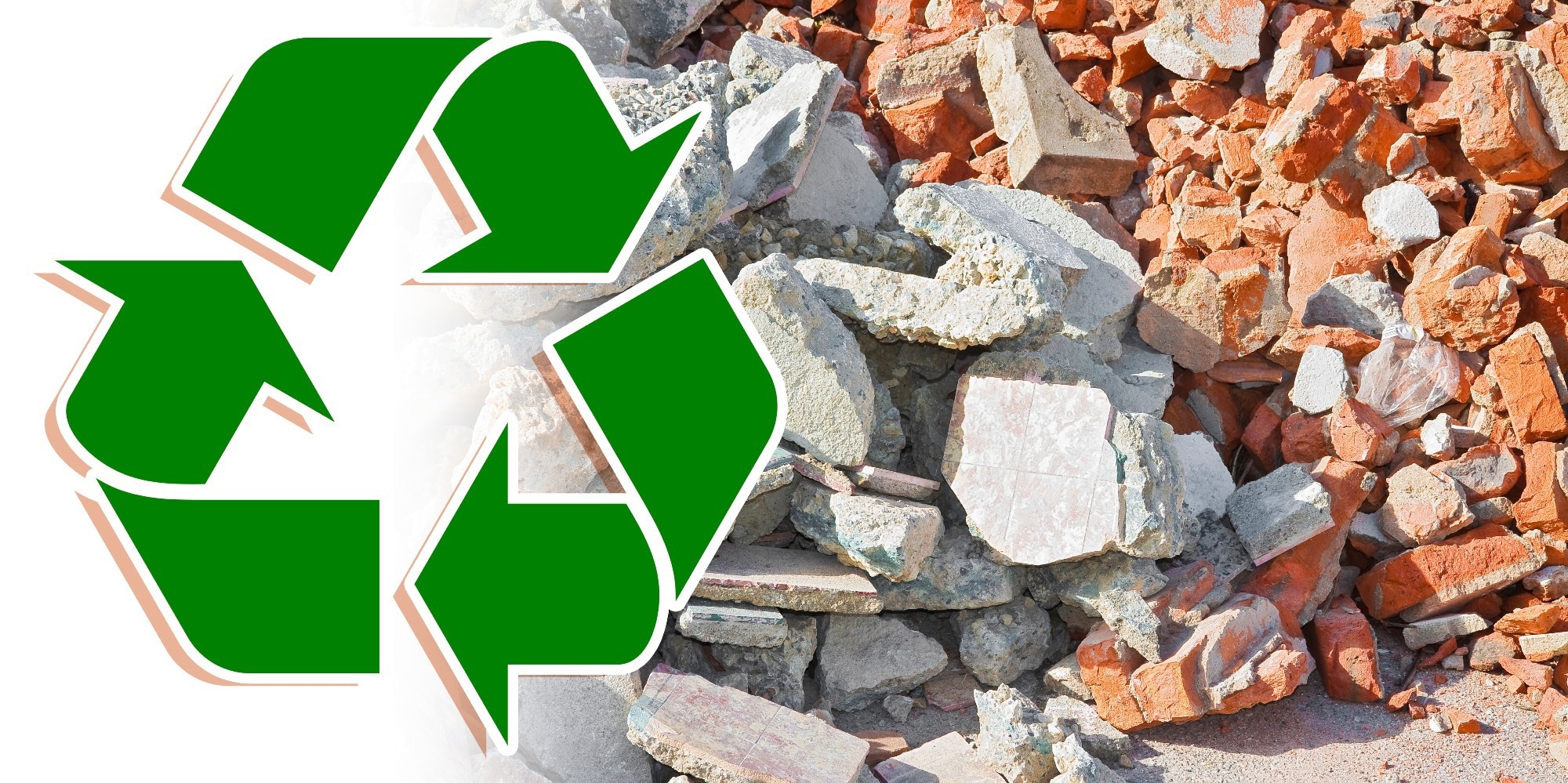 By Nidhi DhullReviewed by Susha Cheriyedath, M.Sc.May 23 2024
By Nidhi DhullReviewed by Susha Cheriyedath, M.Sc.May 23 2024A recent review published in Sustainability discussed the application of recycled coarse or fine aggregates from construction and demolition waste (CDW) in concrete, elaborating on the physical, mechanical, and durability properties of such sustainable concrete.
 Study: Sustainable Concrete from Recycled Construction Waste. Image Credit: Francesco Scatena/Shutterstock.com
Study: Sustainable Concrete from Recycled Construction Waste. Image Credit: Francesco Scatena/Shutterstock.com
Background
Rapid urbanization and the expansion of the construction industry have significantly increased the production of CDW), exerting substantial pressure on both ecology and the environment. To alleviate this environmental impact, there is growing interest in exploring alternative materials to replace natural aggregates in concrete. These alternatives notably include various types of recycled materials, such as CDWs.
CDWs are primarily composed of concrete, mortar, ceramics, bricks, metals, plastics, and glass. These inert solid wastes can be utilized in a variety of applications depending on their size distributions. Potential uses include incorporation into concrete, mortar, bricks, and blocks, as well as in mountain landscaping and other related areas.
Using CDW as a substitute for natural aggregates in concrete not only offers environmental advantages but could also reduce material costs by 10-20 %. Therefore, it is crucial to manage and repurpose CDWs effectively to produce concrete with improved performance. This study conducts a comprehensive review of the most pertinent research papers on this topic published in the last 20 years.
Recycling Process and Properties of CDW
Different methods are used to recycle CDWs, which influence their physical properties and use in construction as resources. Generally, mobile recycling machinery and fixed recycling plants are employed to transform demolished materials into a smaller fraction, both involving repeated sorting, crushing, and separation processes.
Mobile recycling machinery can process CDW on-site and the recycled aggregates (RAs) can be directly utilized without additional transportation. However, the quality of such aggregates is low, containing various types of partially processed materials. Alternatively, fixed recycling plants produce better quality aggregates with low impurity and as-required particle sizes.
However, the overall quality of RAs is poor compared to natural aggregates (NAs) due to a lower density and higher water absorption resulting from their porous structure. Thus, numerous methods are proposed to remove adhered mortar and improve RA quality, such as heat and rubbing, grinding, rotary drum mills, ball milling, microorganisms, and carbonation.
Physically, the surface of RAs typically exhibits a rough and irregular shape. Additionally, the process of mechanical crushing induces multiple internal microcracks within the aggregates. As a result, the structure of RAs is complex, featuring numerous pores, adhered mortar, interface transition zones, and cracks, which collectively complicate the internal composition of concrete.
Recycled fine aggregates with a smaller particle size than recycled coarse aggregate contain a greater proportion of weathered cement mortar and fissures. These factors influence the physical, mechanical, and durability properties of concrete.
Recycled Aggregates Used in Concrete
This study discussed the use of recycled coarse and fine aggregates in concrete in terms of physical properties (density, water absorption), mechanical properties (compressive strength, flexural strength), and durability (chloride ion penetration and resistance to carbonation).
Carefully designing the concrete mix helps optimize its strength, durability, workability, and sustainability. Accordingly, different strategies are used to design sustainable concrete, including reducing cement content, utilizing alternative materials and additives, and optimizing aggregate proportions.
Workability is a critical parameter in assessing the handling, placing, and compacting of freshly mixed concrete and is influenced by the incorporated RAs. For example, the slump of fresh concrete decreases with increasing RA content. Thus, various methods are employed to enhance the workability of RA-incorporating concrete, such as optimizing grading, adjusting the water/cement ratio, and incorporating chemical admixtures.
The density of concrete decreases upon adding CDW while water absorption increases. Moreover, an increase in the RA content may affect the compressive strength of concrete due to increased porosity. Alternatively, the use of saturated or semi-saturated recycled coarse aggregates positively impacts concrete’s durability. Thus, using an appropriate amount of RA with proper pre-treatment and adequate curing can result in concrete with comparable or even higher compressive strength than normal concrete.
The flexural strength of lightweight concrete increases with the increase in RA content since the density and strength of RAs are greater than those of lightweight aggregates. Furthermore, concrete durability increases with the addition of RAs and other auxiliary materials due to reduced penetration of chlorides and acids, enhanced resistance to carbonation, and increased robustness against freeze-thaw cycles.
Conclusion
Overall, recycled materials, especially CDWs, are being increasingly explored as alternatives to natural aggregates in concrete production. The examples cited above highlight the promising outcomes of using RAs in concrete, contributing towards the adoption of sustainable practices in the construction sector.
Additionally, the analysis of different CDW properties and processing methods can aid in tailoring the physical, mechanical, and durability characteristics of concrete mixes as per target applications, balancing environmental considerations with performance requirements.
The researchers suggest further investigation of the source of RAs, the durability of recycled fine and coarse aggregates, the refined classification of CDWs, and practical engineering methods for incorporating them in building materials.
Journal Reference
Luo, H., Aguiar, J., Wan, X., Wang, Y., Cunha, S., & Jia, Z. (2024). Application of Aggregates from Construction and Demolition Wastes in Concrete: Review. Sustainability, 16(10), 4277. https://doi.org/10.3390/su16104277, https://www.mdpi.com/2071-1050/16/10/4277
Disclaimer: The views expressed here are those of the author expressed in their private capacity and do not necessarily represent the views of AZoM.com Limited T/A AZoNetwork the owner and operator of this website. This disclaimer forms part of the Terms and conditions of use of this website.